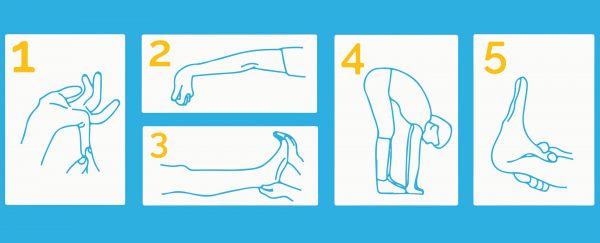Most children are ‘bendy’ under the age of 4 to 5 years, but how do you know if your child is too bendy and if it is causing problems.
Hypermobility is best described as a spectrum. Some kids are a little bendy and other kids are very bendy. You’ll often hear the term ‘double jointed’. This is another way of describing hypermobility. Children are not double-jointed (we all have the same amount of joints), but some children’s joints are more flexible than they should be.
Hypermobility can cause many gross motor issues in children – the most often being increased levels of fatigue, poor endurance (they often want to be carried and don’t want to walk for long), musculoskeletal injures (joint dislocations/subluxations, rolled ankles, etc), decreased strength and coordination (they can have trouble moving their bodies in a coordinated manner due to excess movements) and gross motor delays (they can have trouble developing age-appropriate skills such as jumping, running, hopping, etc).
There are simple tests and measurements that a physiotherapist can do to assess if your child is hypermobile and the extent of that hypermobility. As well as taking a detailed history, this can help lead to a diagnosis of hypermobility spectrum disorders or something more severe.
So, what can we do about hypermobile children and the difficulties associated with it? Physiotherapy and exercise! Guidance around strengthening, gross motor skills, sports and specific goals can help your child manage their hypermobility, improve their functional skills and reduce the risk of injuries.


